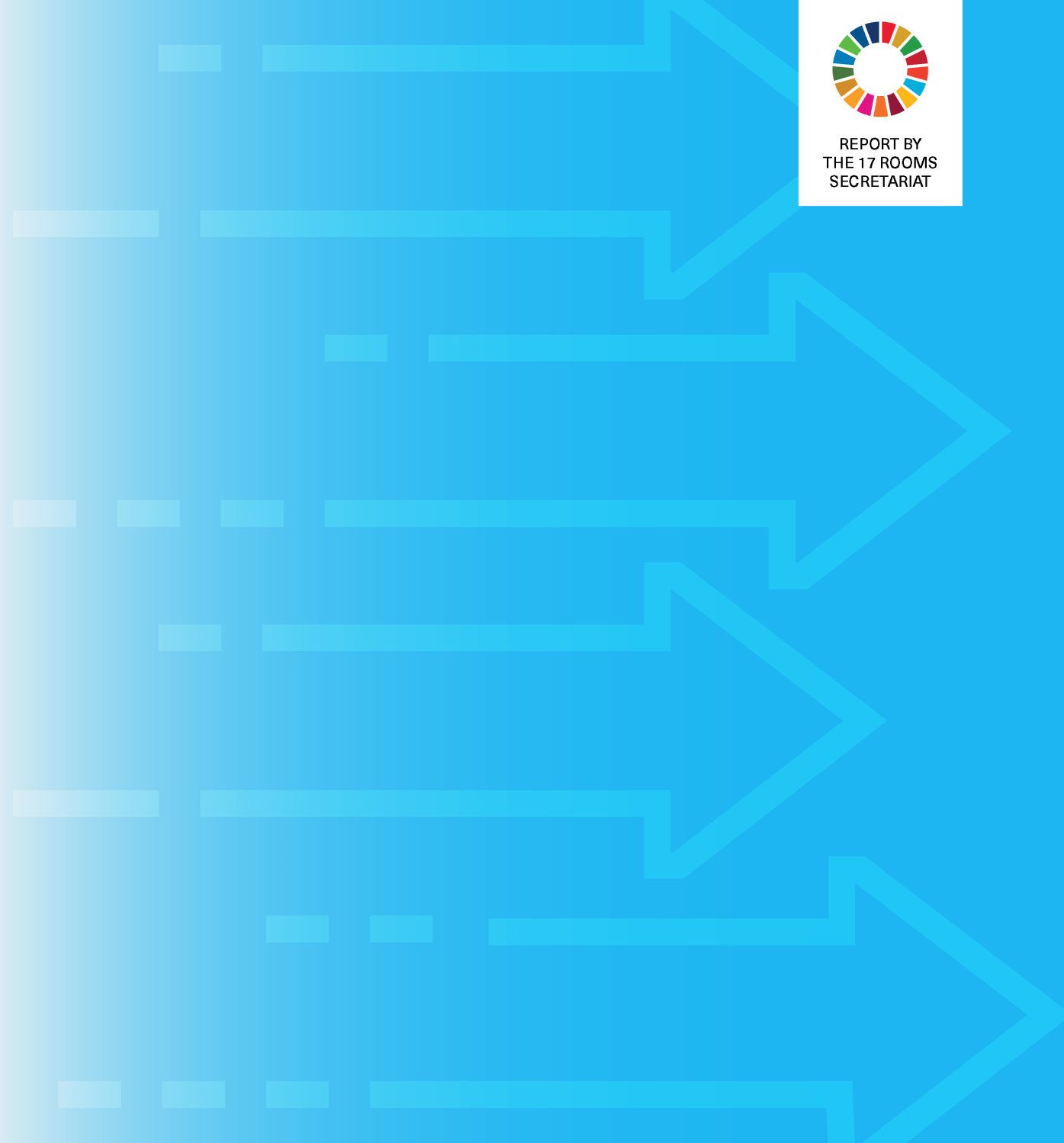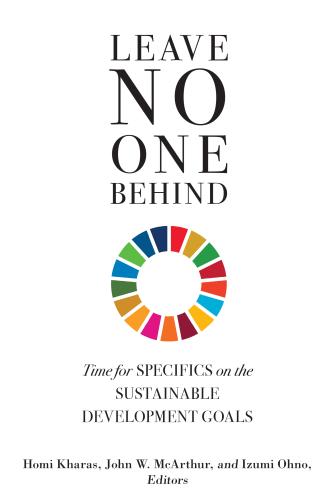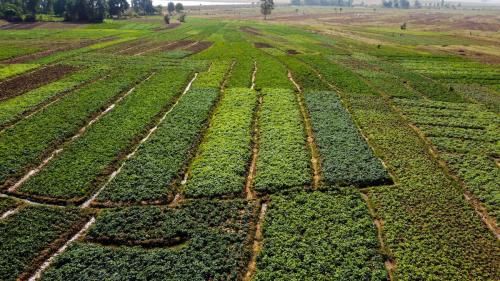Executive summary
This year has exposed the world’s extraordinary fragility. Managing a pandemic is hard enough. Doing so while addressing other urgent stresses—like inequality, violence, and climate change—adds to the degree of difficulty. What should be done to move forward? This was the question tackled by 17 Rooms 2020, a yearly convening of leading experts and practitioners brought together by the Brookings Institution and The Rockefeller Foundation to channel ideas and energy into actions for the Sustainable Development Goals (SDGs).
COVID-19 and related crises have made the SDGs even more important, according to this year’s 17 Rooms summit participants. The goals offer a “North Star” to help steer longer-horizon efforts out of crisis. But the shifting global context requires a new outlook. What should this prioritize? Inspired by the insights of the 17 different “Rooms,” or working groups, we boil it down to four Great Transitions: for justice, for the environment, for technology, and for the next generation. These transitions represent a series of burgeoning global changes that still require a doubling down of effort in order to succeed.
Towards justice for all: From tackling economic and social inequalities independently to recoupling economic and social progress for everyone. Inequalities are complex, often interconnected, and created by both market forces and power imbalances. Whether they stem from discrimination, lack of access to economic opportunity, gaps in basic public services, or misuse of political power, they prevent people, communities, and countries from reaching their full potential. Recent years have seen a decoupling of economic growth from social progress in many countries. A recoupling is required, one that addresses power imbalances and root causes of inequality in the pursuit of basic justice for all. The world needs to double down on the transition from rhetoric to practice in leaving no one behind. Whether confronting gender inequality, extreme poverty, community-level challenges, or barriers in the job market, change must empower people to chart their own trajectories and topple the full range of norms that hinder opportunity.
Towards blue-green replenishment: From valuing natural capital at the margin to actively stewarding nature at scale. In addition to the global pandemic, ecosystem imbalances are still stoking wildfires in major economies, unleashing hurricanes on urban shores, collapsing fisheries for many maritime workers, and seeding drought across vast swathes of farmland. Doubling down to protect nature requires a transition in protecting both the “blue” of the skies, oceans, and natural waters plus the “green” of land-based ecosystems. Economic incentives can help shore up and replenish natural assets that fuel human activity and prosperity. But today’s operative questions too frequently still focus on incremental improvements in the rate of depleting nature. A more central question is to ask what scale of investment or protection is required in order to ensure a successful balance between humanity and the planet that supports all societies. Nature needs new protection targets, policy instruments, narratives, and methods of measurement to change course.
Towards equitable technology infrastructure: From celebrating novel applications to building inclusive systems for innovation. Doubling down on technology’s promise requires an updated approach to defining technological success. Many of the world’s most powerful recent breakthroughs can be held in the palm of a hand. Yet, the business, social, and political responses to some innovations have arrived so quickly that many technologies originally meant to foster opportunity instead foster divides, in both understanding and access. The world needs to shift from an emphasis on individual product breakthroughs to the pursuit of technology infrastructure breakthroughs, in a manner that both solves current problems and garners public faith in equitable access to future innovations. COVID-19 has shown the upside of successful digital infrastructure and integrated disease surveillance networks, when countries can track, trace, and respond to the virus’s spread, while respecting data privacy concerns. Modern energy infrastructure is essential to help empower other technologies, using renewable sources to the greatest extent possible. Creative approaches to public incentives and pooled purchasing power can help drive equitable access for all.
Towards generational transition: From preparing young people for the future to partnering with next generation leadership today. The pandemic has created a fresh generational divide. Lifetime learning gaps may never close, and only be amplified by other stresses. A generational transition requires redoubled attention to young people, both to preempt potential catastrophic lifelong losses and to give youth greater direct say in humanity’s future. It is time for legacy leaders to start transitioning responsibilities toward the cohorts who will define society’s coming frontiers. The world needs to keep pushing the boundaries of the remote learning shift to expand the circle of who gets to learn, and what they learn. More expansive approaches to investing in young people can help new forms of leadership emerge. More explicit intergenerational alliances will be required across all segments of society.
Doubling down on 2021
As the world looks to a new calendar year, success hinges on collective efforts to confront common issues at full scale. The leading definitions of underlying progress are still embedded in the SDGs. A shared focus on four Great Transitions can guide energies toward a more inclusive and resilient world for all. This year’s 17 Rooms flagship process provides grounds for optimism. Everyone can contribute. The opportunity is a world of inclusion, resilience, and sustainability for all.
The Brookings Institution is committed to quality, independence, and impact.
We are supported by a diverse array of funders. In line with our values and policies, each Brookings publication represents the sole views of its author(s).




